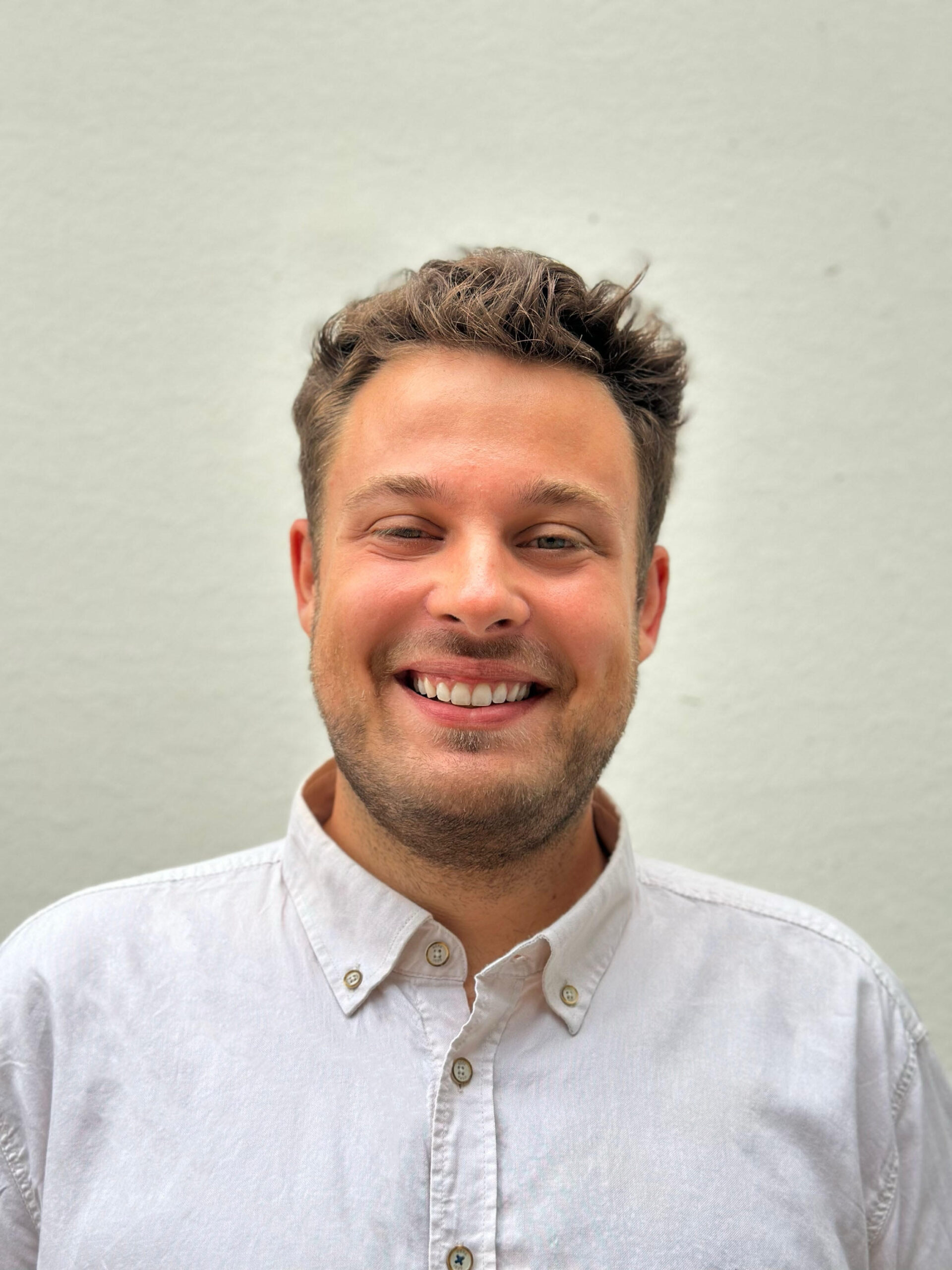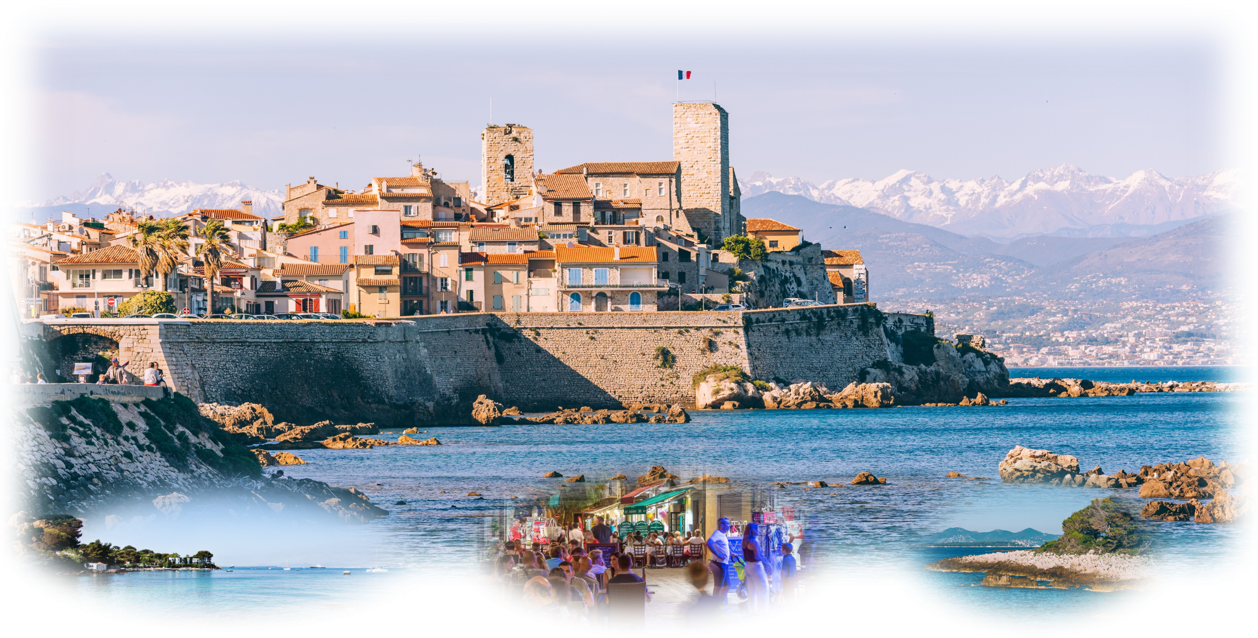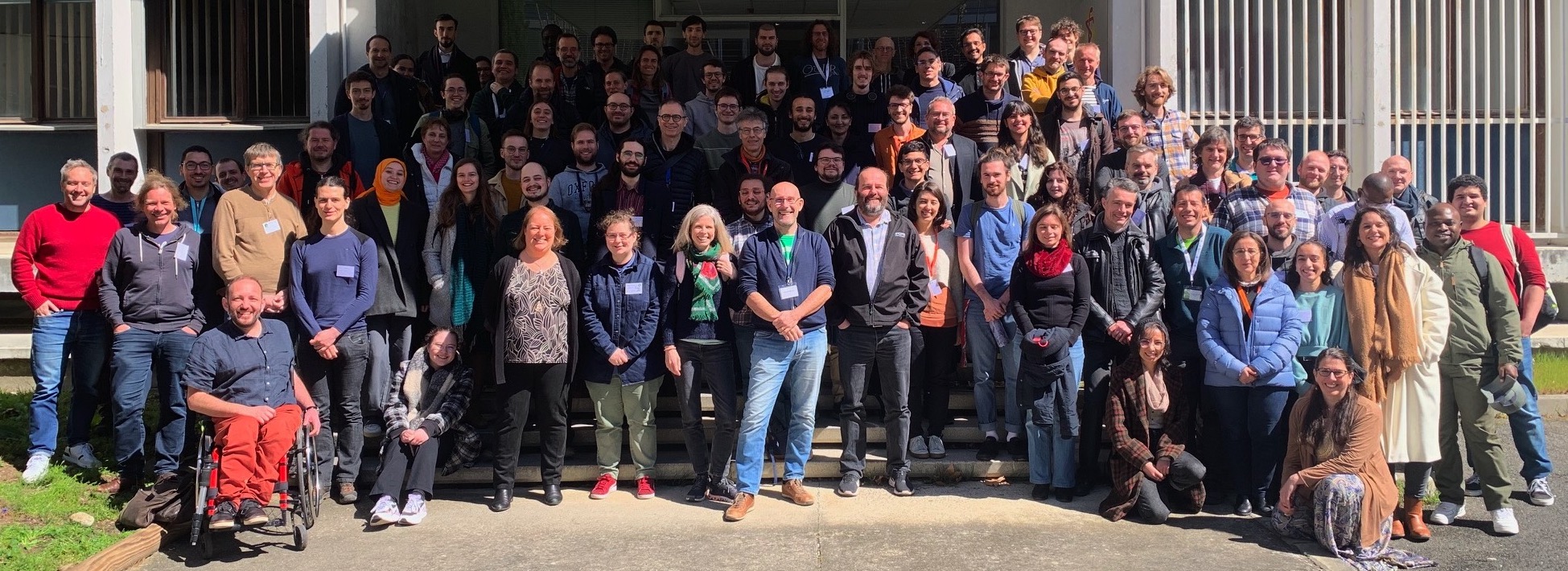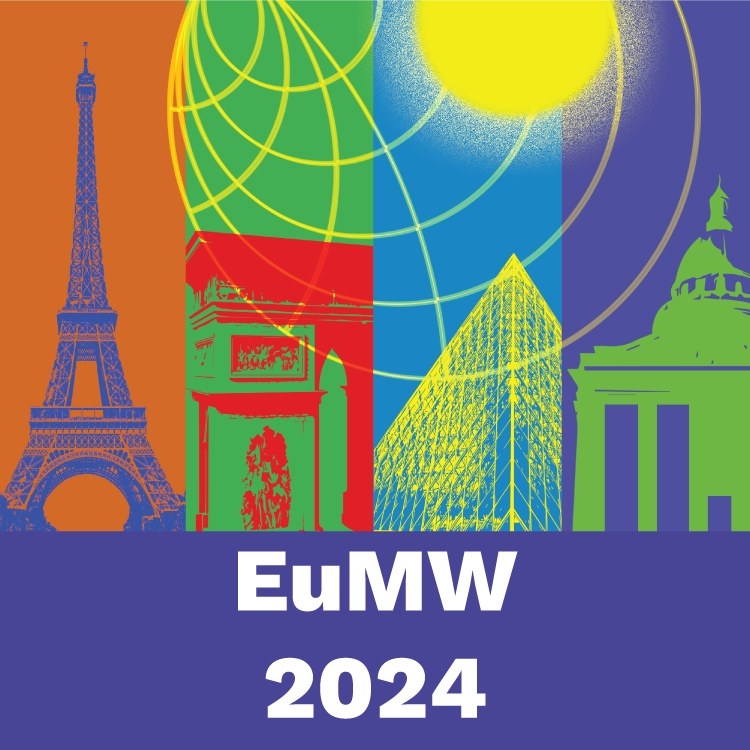#4 Portrait – Aleksandar Golubović
Publié le

Science in Focus
The Poster Winners
for the SYSTERA Project
#4
______________________
GOLUBOVIĆ
Aleksandar
Institut d’Electronique et des Technologies du numéRique (IETR)
Rennes
Advisors: David González Ovejero, Ronan Sauleau
During the annual PEPR Future Networks Days at Enseirb-MATMECA in Bordeaux, PhD students and postdoctoral researchers from the projects presented their research work to the community. A best poster competition was held, awarding one winner per targeted project. This series, « Science in Focus – The Poster Winners », aims to highlight the work of the winning doctoral students.
Discover the fourth portrait of our « Science in Focus – The Poster Winners » series: Aleksandar Golubović from SYSTERA project
Academic and personal journey
I obtained both my Bachelor’s and Master’s degrees in Microwave Engineering from the University of Belgrade, Serbia. My passion for antennas and microwave technologies began early during my undergraduate studies, where I worked on several related projects. This interest was later recognized with the IEEE AP-S Fellowship Award in 2023. I also gained valuable industry experience working on millimeter-wave antennas for the automotive radar sector, which broadened my perspective on the practical applications of high-frequency technologies. With the rapid development of 5G networks and beyond, the field of antennas and millimeter-wave systems offers vast opportunities for exploration and innovation. Motivated by this dynamic landscape, I came to France in 2024 to pursue a PhD and contribute to cutting-edge research alongside leading experts in the field.
Thesis and research project
As 5G technology grows rapidly and 6G networks begin to emerge, there is a greater need for faster and more reliable wireless communication is growing. To meet this demand, we need compact antennas that can work at much higher frequencies (about 50 to 100 times higher than what we use today) where broader bandwidths are available and more data can be transmitted. This has led to increased interest in sub-terahertz signals, which offer wider bandwidths by increasing the frequency around 50 times compared to 4G. However, these higher frequencies come with a challenge: the signal loses strength more easily. To overcome this, high-gain antennas are needed to focus the signal precisely on a specific point. This makes controlling the direction of the signal, or “beam steering,” more important than ever.
To tackle the challenges of beam steering, high gain, and compact design, metasurface antenna arrays have emerged as a promising solution. Metasurfaces are artificial materials made from periodic or quasi-periodic metallic patterns that can control electromagnetic signals in ways traditional materials cannot. They hold great potential to meet the stringent demands of next-generation communication systems.
Our current research focuses on developing a sub-terahertz dual-polarized metasurface antenna array. Dual polarization enables the simultaneous transmission of two independent data streams over the same frequency and in the same direction, effectively doubling data throughput and enhancing the efficient use of the sub-terahertz spectrum. The system integrates a Luneburg lens to focus electromagnetic energy and enhance directivity, coupled with a compact antenna array to enable efficient radiation. This work aims to contribute to the design of advanced antenna architectures suitable for future wireless technologies.
PEPR and you!
What the PEPR environment and the exchanges with the communities during the 2025 days have brought you?
PEPR Days 2025 was a valuable opportunity not only to present my research to fellow colleagues, but also to connect with researchers both within and beyond my area of expertise. It allowed me to gain insight into related fields that are closely connected to my PhD project, broadening my perspective and deepening my understanding. In particular, meeting and exchanging ideas with other PhD students and researchers was an enriching experience that fostered both knowledge sharing and professional growth.
Vision and future
What are your expectations for after your postdoc?
By the end of my PhD journey, my goal is to deepen my knowledge and expand my expertise in antennas, with a particular focus on metasurfaces. I believe that gaining a strong foundation in this rapidly evolving field will open up numerous opportunities in both academia and industry—which is all one can truly hope as a researcher and an engineer.
Finally, what would you say to future doctoral candidates?
To future doctoral candidates, I would say: believe in your work and stay confident, no matter how bumpy the road gets. A PhD is a journey—with its ups and downs—but it’s important to embrace every moment of it. Beyond gaining knowledge and valuable experience, you’ll also have the chance to meet incredible people who will enrich both your professional and personal life.
Aleksandar Golubović’s poster for SYSTERA project
Plus d'actualités Actualité


